Cal Nano Services
Mechanical Alloying
Mechanical alloying through attrition ball milling is a sophisticated technique employed in materials science and engineering to synthesize advanced materials with enhanced properties. By subjecting elemental powders or pre-alloyed materials to intense mechanical forces and repeated collisions in a ball mill, this process enables the creation of homogeneous alloy compositions, fine microstructures, and improved mechanical and functional properties. In recent years, cryogenic milling has emerged as an innovative approach within mechanical alloying, offering several additional advantages that enhance the efficiency and effectiveness of the process, these advantages include:
Reduced Temperature Effects. Cryogenic milling involves conducting the milling process at extremely low temperatures, typically near -(300. This temperature reduction minimizes the occurrence of undesirable thermal effects such as excessive grain growth, phase transformations, or oxidation that can detrimentally affect the final material properties. By mitigating these temperature-related issues, cryogenic milling enables the preservation of the desired microstructure and chemical composition, resulting in superior material properties.
Enhanced Particle Size Reduction. The low temperatures in cryogenic milling promote increased embrittlement of materials, making them more susceptible to fracture upon impact. This enhanced brittleness facilitates a more efficient particle size reduction during milling, leading to smaller and more uniform particles. The reduced particle size distribution achieved through cryogenic milling contributes to improved mechanical properties, such as increased hardness, strength, and wear resistance.
Improved Homogeneity and Mixing. Cryogenic milling enhances the mixing and homogenization of powders during the mechanical alloying process. The low temperatures increase the hardness and brittleness of the materials, which results in enhanced inter-particle and inter-metallic bonding upon collision. Consequently, cryogenic milling promotes a more thorough blending of constituent powders, leading to a more uniform distribution of elements and phases in the resulting alloy. This improved homogeneity contributes to enhanced material performance and facilitates the formation of novel materials with tailored properties.
Reduced Contamination and Oxidation. Cryogenic milling minimizes the occurrence of contamination and oxidation during the mechanical alloying process. The low temperatures inhibit the diffusion of impurities from the milling media or the surrounding environment into the powders, ensuring a cleaner and purer final product. Additionally, cryogenic milling reduces the exposure of powders to oxygen, thereby minimizing oxidation and preserving the integrity of the alloyed material. This advantage is particularly crucial when working with reactive elements or materials prone to oxidation.
Cryogenic milling represents an important advancement in the field of mechanical alloying via attrition ball milling. By employing extremely low temperatures, this technique offers a range of advantages including reduced temperature effects, enhanced particle size reduction, improved homogeneity and mixing, as well as reduced contamination and oxidation. These benefits contribute to the synthesis of high-performance alloys with tailored properties, making cryogenic milling a valuable tool in materials science and engineering research and development.
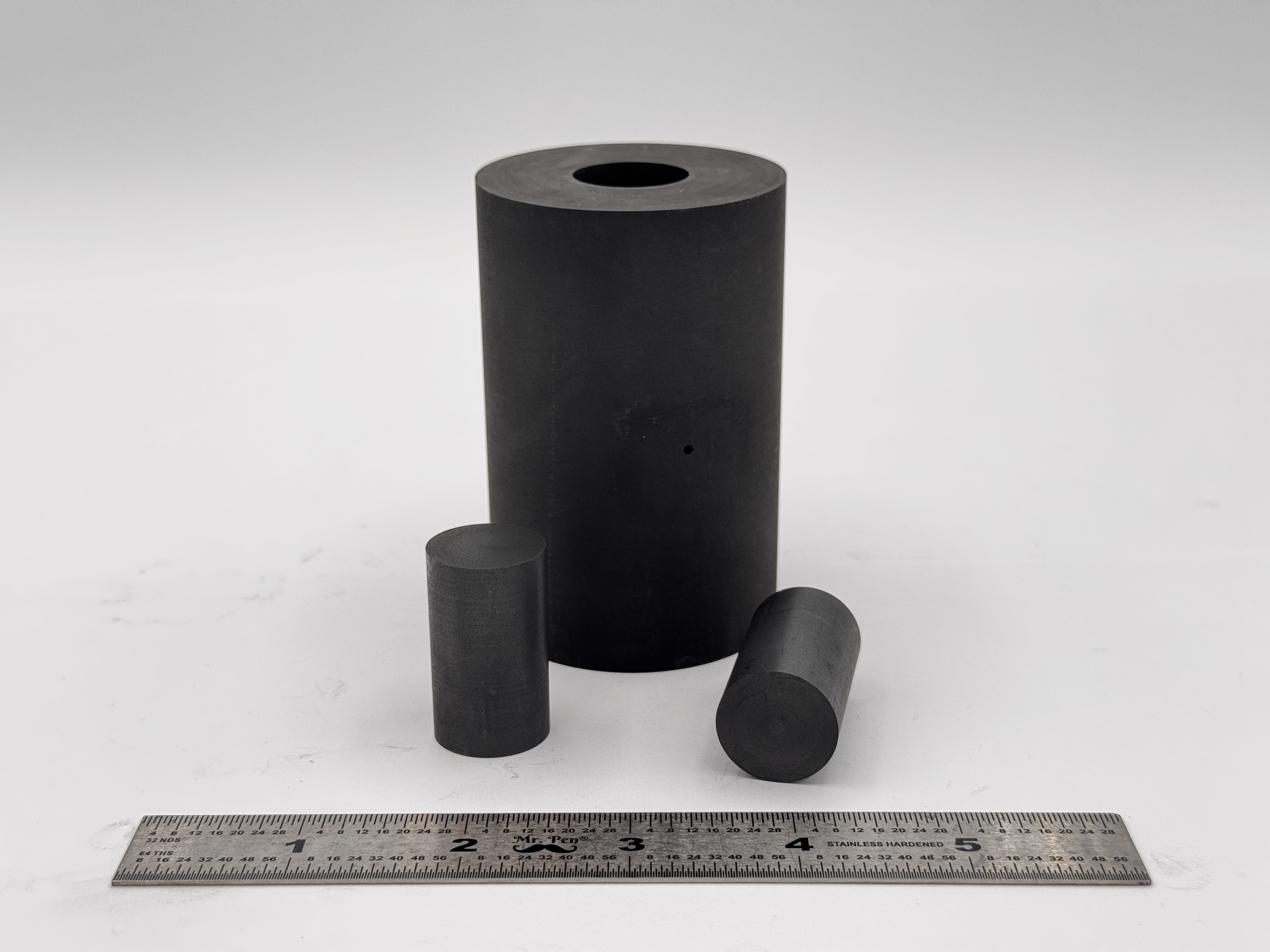 High Strength SPS Graphite Tooling
High Strength SPS Graphite Tooling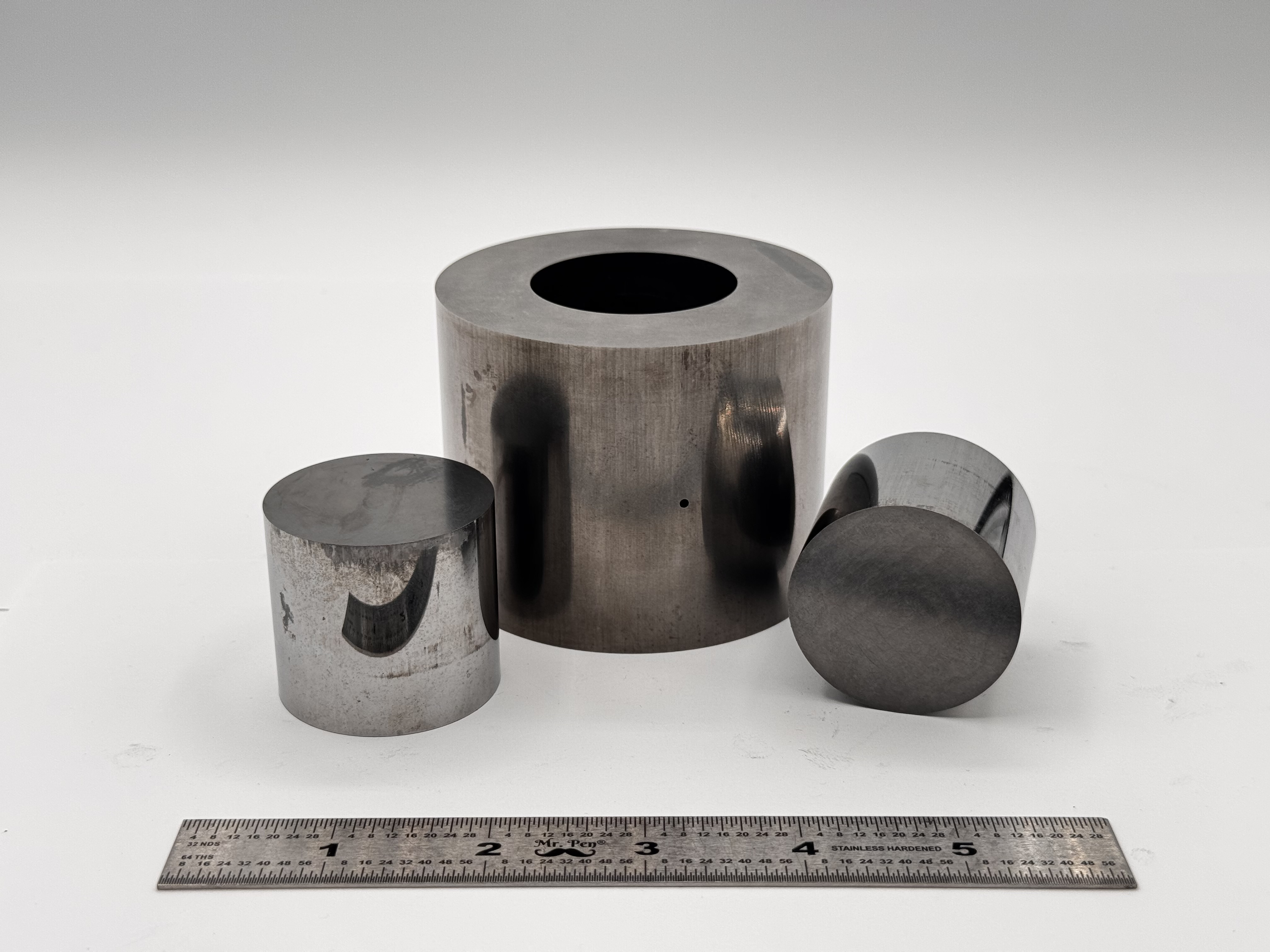 Tungsten Carbide Tooling
Tungsten Carbide Tooling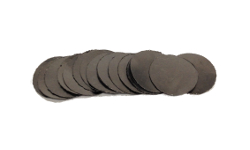 Carbon Graphite Foil / Paper
Carbon Graphite Foil / Paper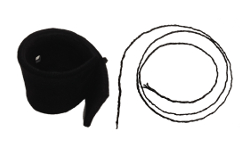 Carbon Felt and Yarn
Carbon Felt and Yarn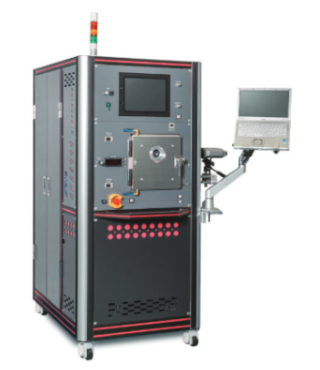 Spark Plasma Sintering Systems
Spark Plasma Sintering Systems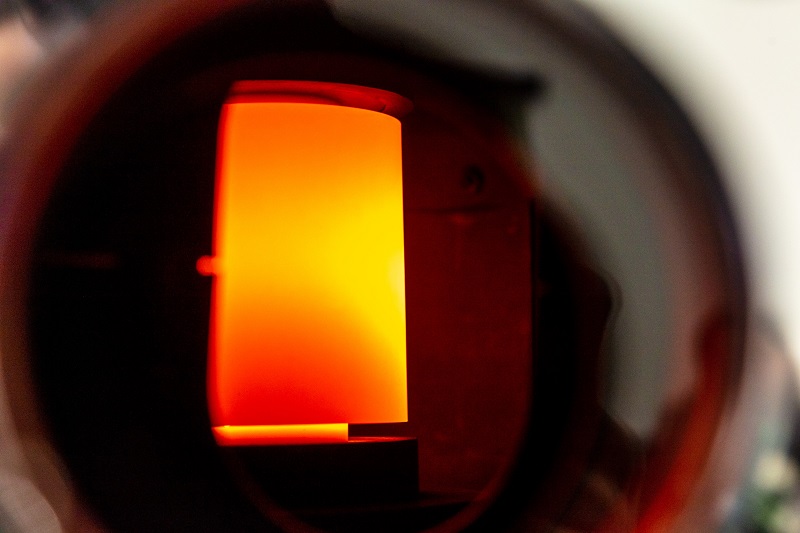 SPS/FAST Modeling Software
SPS/FAST Modeling Software